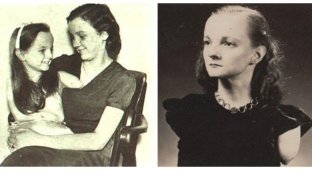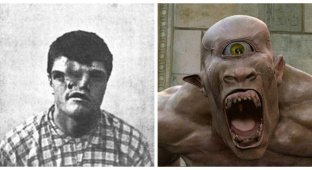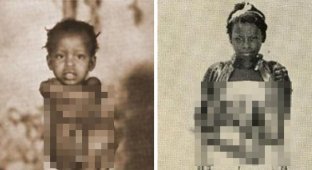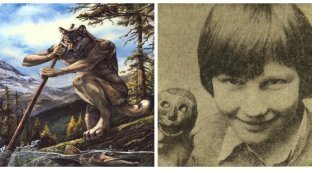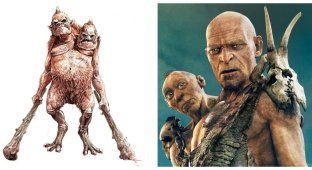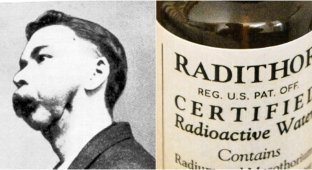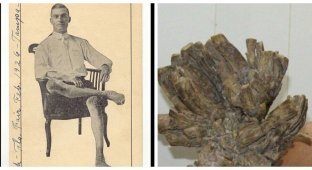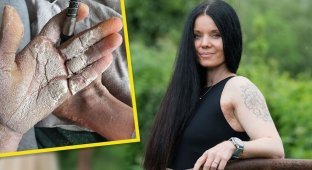In 1826, an expedition led by John Crawford, a famous orientalist and ethnographer and ambassador to Burma, visited the court of Ava, one of the local provinces. In his account of this visit, Crawford described an encounter with a wolf-man named Shwe-Maong. This story was the first documented meeting with hypertrichosis since Petrus Gonzalez. 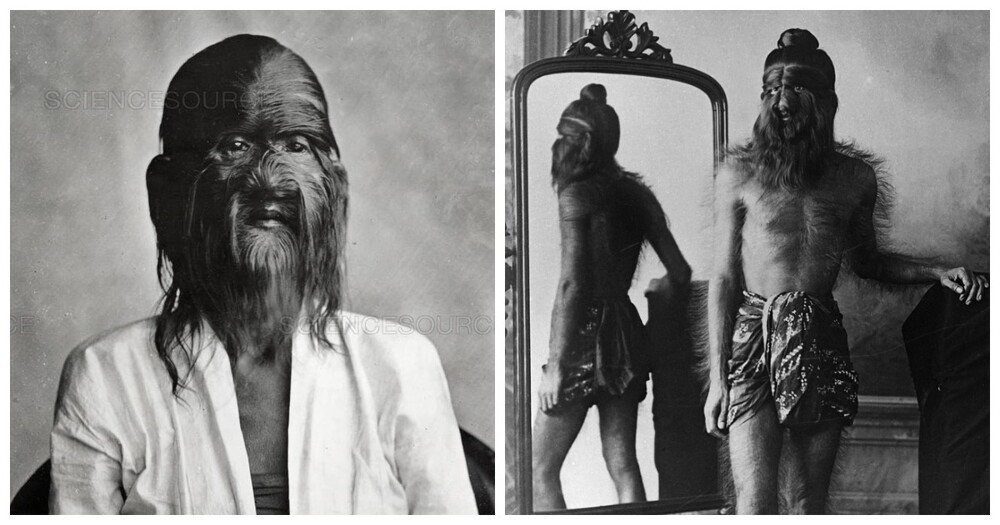
At the age of five, Shwe Maong was given as a gift to the King of Ava. He took on the role of court jester and entertained the king so well that at the age of 22, the sovereign gave his faithful servant a beautiful wife. Crawford wrote that 4 children were born from this union. The daughter, named Maphun, was covered with hair, like her father. 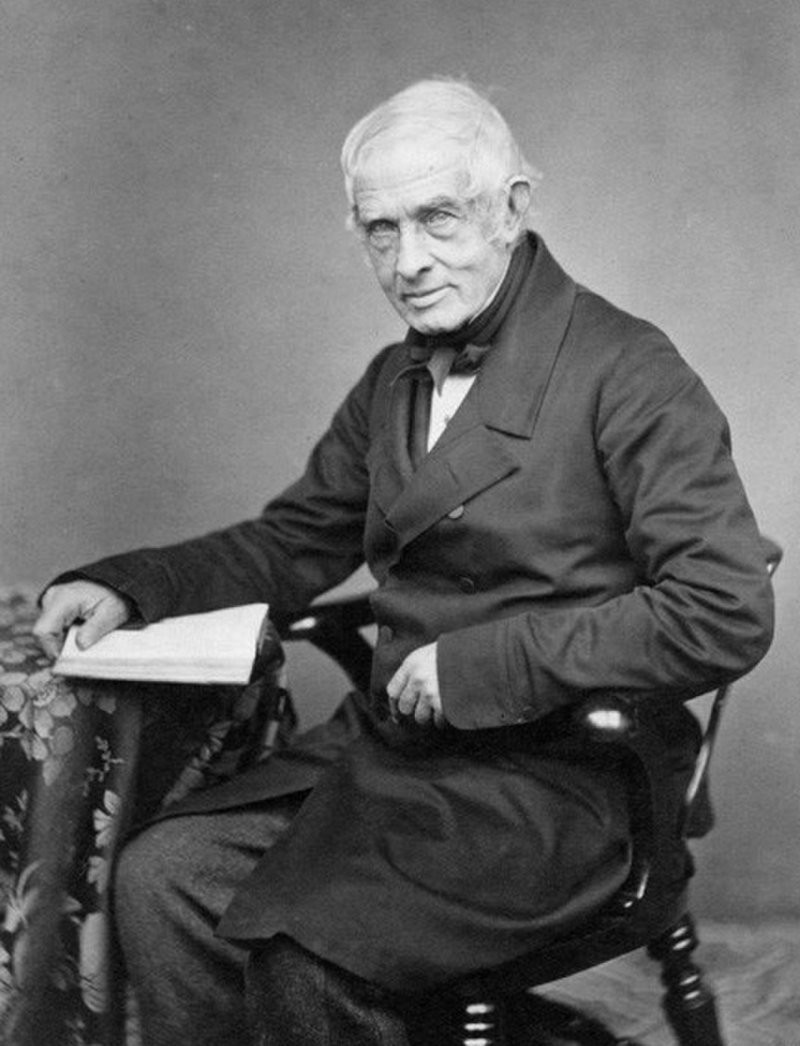
John Crawford
In 1855, a second expedition to Ava added to this story. Captain Henry Yule wrote that Shwe Maong was killed by bandits. His daughter Maphun, now thirty-one, was married to an ordinary Burmese man. Her marriage was not easy, as the king was forced to offer a large dowry to any man who agreed to take a girl with increased fluffiness as his wife. From this union two sons were born. One of the boys, Mung-Phoset, turned out to be as furry as his mother and grandfather. 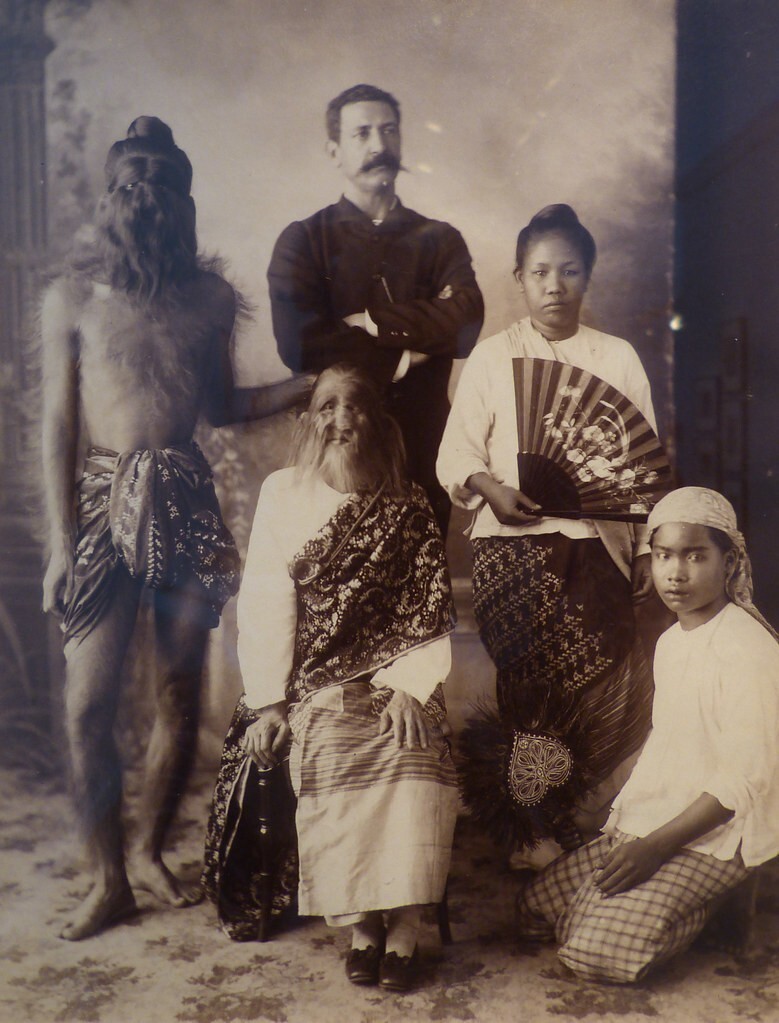
"Sacred" family. In the center of Maphun, next to her is her son Mung-Phoset
In 1885, the Third Burma War began. During this revolution, the palace at Ava was burned and its inhabitants killed. Burma's hairy family managed to hide in the forest. By this time, Mung-Phoset already had several children of his own. He definitely had a daughter named Ma-Me, hairy, like her ancestors. But she died either shortly before the escape or during it. Maphun was still alive, but blind, so Mung-Phoset carried her on his back to safety. 
Maphun
A year later, the family moved to England and began to show themselves off for money. In the summer of 1886, a certain Mr. J. J. Weir visited her and made a detailed description of the furry people. He reported that Maphun, although old and blind, behaved quite cheerfully and lively. The visitor also noted that Mung-Phoset is not only covered in soft brown hair, but also has a large tattoo from his waist down to his knees. Weir was amazed at the family's level of education. He emphasized that their appearance does not match their intelligence. 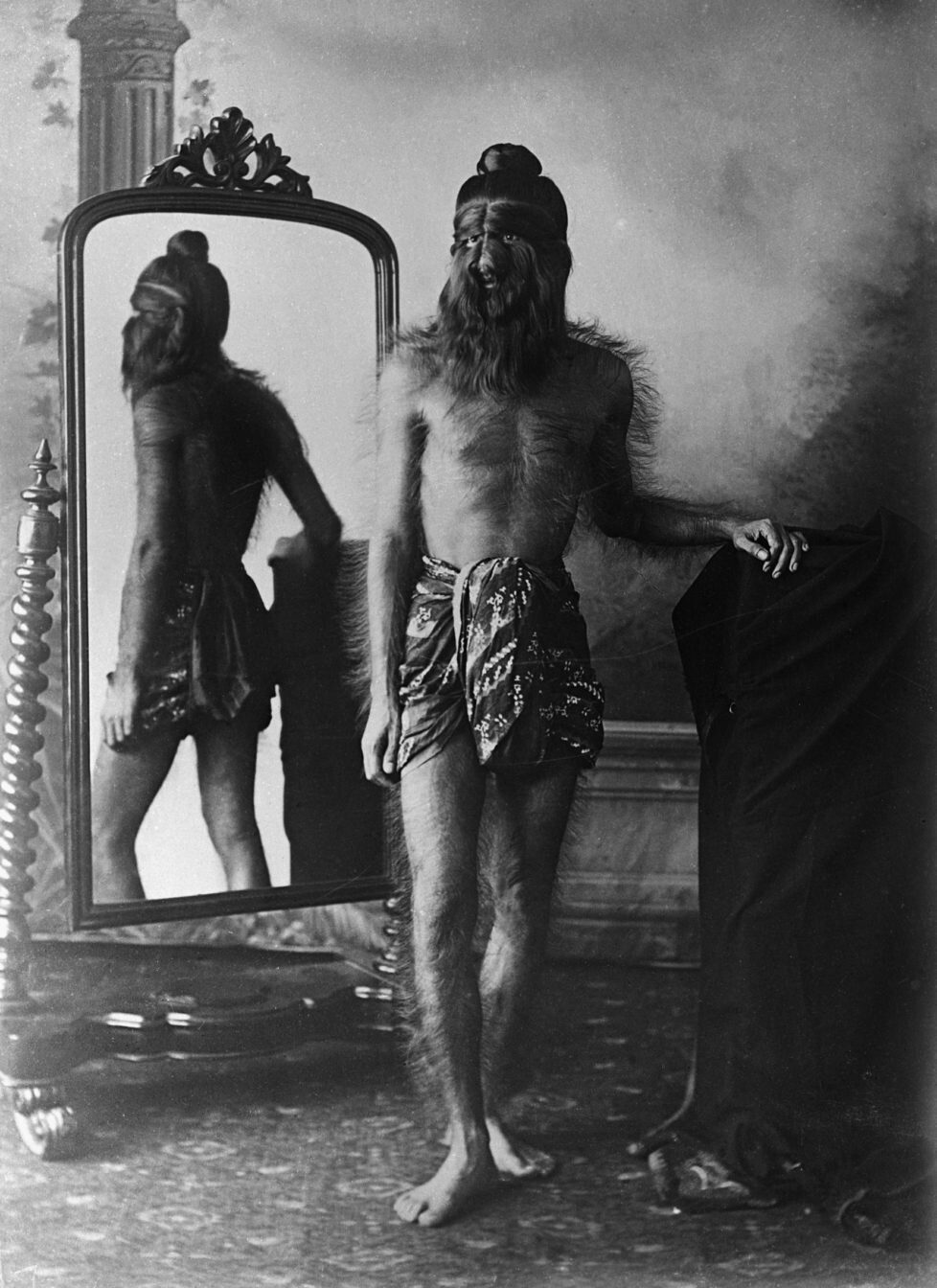
Mung Phoset
From England the family went to Paris. In 1888 they appeared in the United States with P. T. Barnum. They were introduced as the "Sacred Hairy Family of Burma." The showman approached advertising creatively and with sparkle. And the performances all season were held under the slogan “Touch them for good luck!” 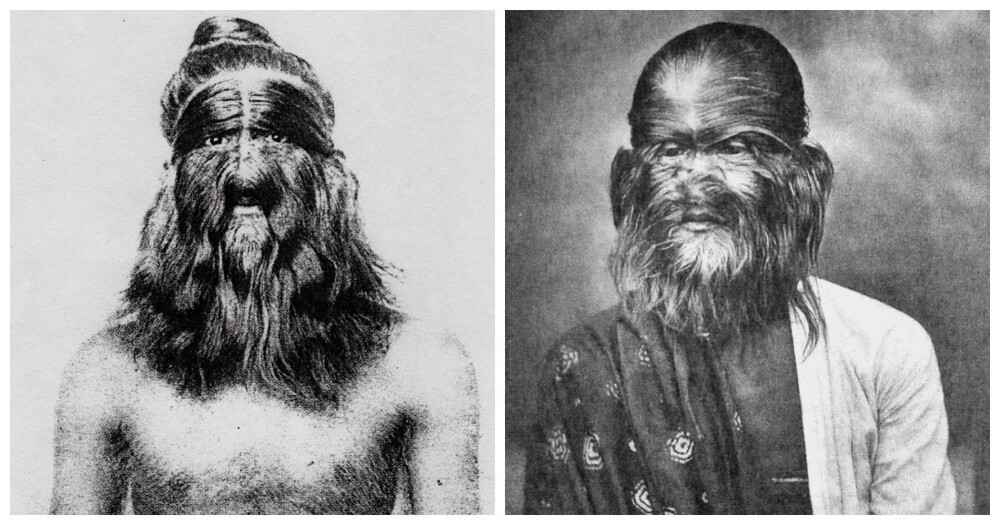
After the tremendous success, a real battle broke out between the managers for productive artists capable of bringing fabulous profits. Barnum beat out his competitors by winning a contract worth $100,000 for a year. The artists were not portrayed as freaks or monsters. According to legend, they were representatives of the strangest, most peculiar and original race of humanity. 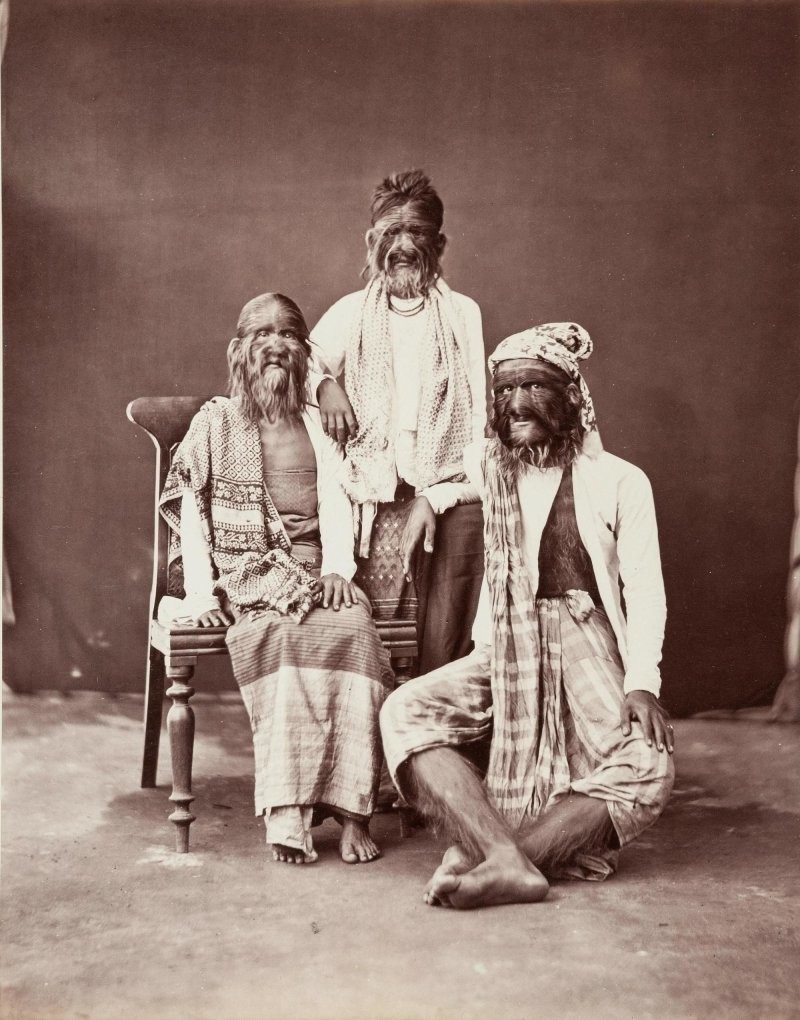
At the end of the season, the family disappeared from the radar. No more information or mentions of the “sacred” Burmese have been preserved in history.
Add your comment
You might be interested in:












